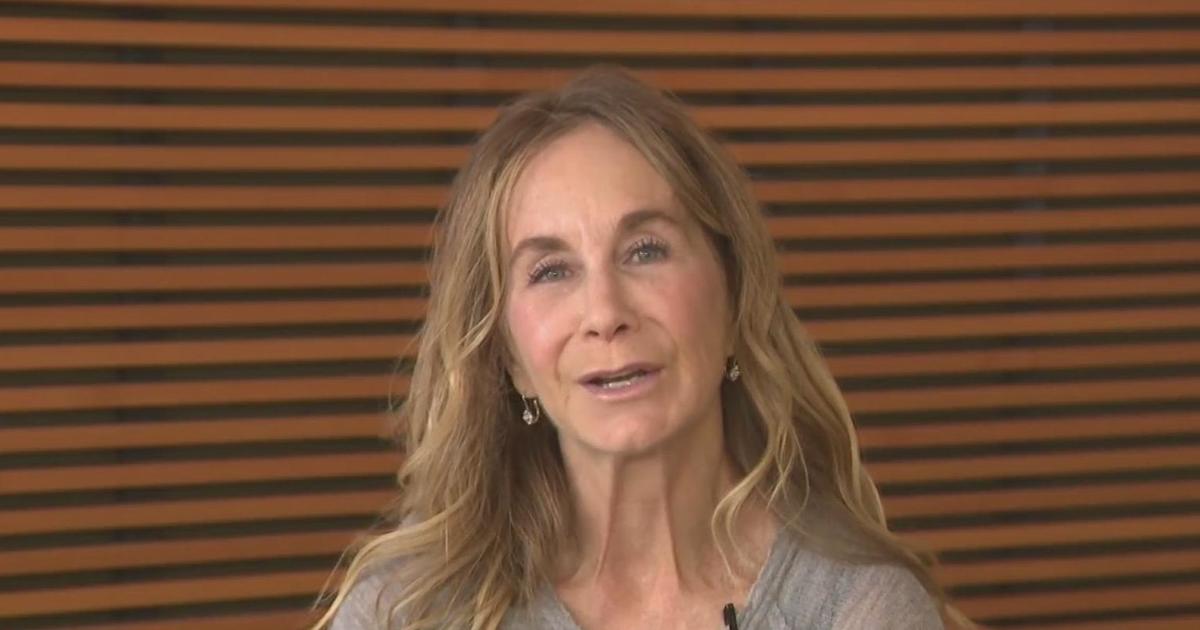Predicting Tsunamis Remains A Challenge On Anniversary Of One Of The Worst Natural Disasters In History
SAN FRANCISCO (KCBS/AP) -- One of the worst natural disasters in history struck 10 years ago today. The earthquake and resulting tsunami in the Indian Ocean the struck on December 26, 2004, killed 243,000 people.
The tsunami was triggered by a magnitude-9.1 quake -- the region's most powerful in 40 years. It tore open the seabed off Indonesia's Sumatran coast, displacing billions of tons of water, sending waves roaring across the Indian Ocean at jetliner speeds as far away as East Africa.
Weeping survivors and others took part in beachside memorials and religious services across Asia, while some European countries also marked the anniversary, remembering the thousands of Christmastime tourists who died in the disaster.
Since then, nations have pumped millions of dollars into research and warning systems. Still, the hope of predicting these kinds of disasters remains very dim.
When KCBS asked Oregon State University geologist Chris Goldfinger how research into predicting tsumanis is going, he didn't mince words.
"It's not going well," said Goldfinger.
He said that's because tsunamis are caused by earthquakes, and that research isn't going well either.
"I hesitate to say never," said Goldfinger, "but we really don't know, at this stage, if earthquakes have any reliable factors to predict them."
Even if we could predict earthquakes, Goldfinger isn't sure what difference it would make in the death toll.
"If you had minutes vs. hours vs. days, it's quite difficult to see how that would play out in our society -- what would people actually do about that."
The devastating power of the 2004 tsunami claimed thousands of victims across 14 countries and sent shockwaves around the world.
Like other researchers, Goldfinger had spent most of his career thinking tsumamis acted like a fast-rising tide. But this one was different.
"It was much more than a fast-rising tide," he said. "It just swept everything it its path, and was moving so fast, people just couldn't get out of the way.
At this stage, the difference between life and death remains in preparation and education.
"All of that work has to be done, years, decades in advance," said Goldfinger.
He said nothing makes that clearer than when you consider 243,000 lives were lost in the Indonesian tsumani, versus the 23,0000 who died in the Japanese tsunami.
Goldfinger concedes that while that number is still tragic, it's a far better outcome -- the result of about a thousand years of preparation.
"Because education is really the key to the whole thing."
TM and © Copyright 2014 CBS Radio Inc. and its relevant subsidiaries. CBS RADIO and EYE Logo TM and Copyright 2014 CBS Broadcasting Inc. Used under license. All Rights Reserved. This material may not be published, broadcast, rewritten. The Associated Press contributed to this report.






